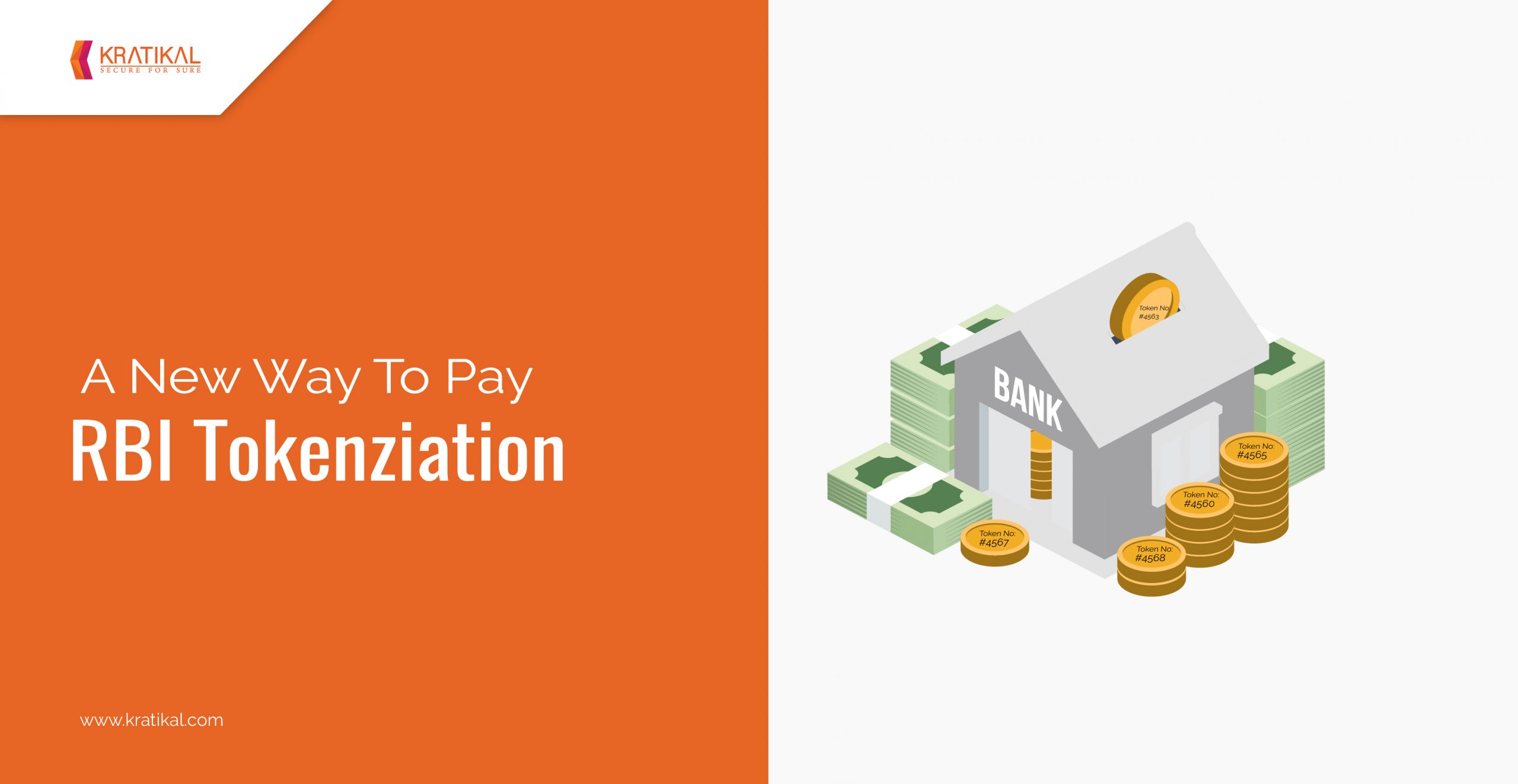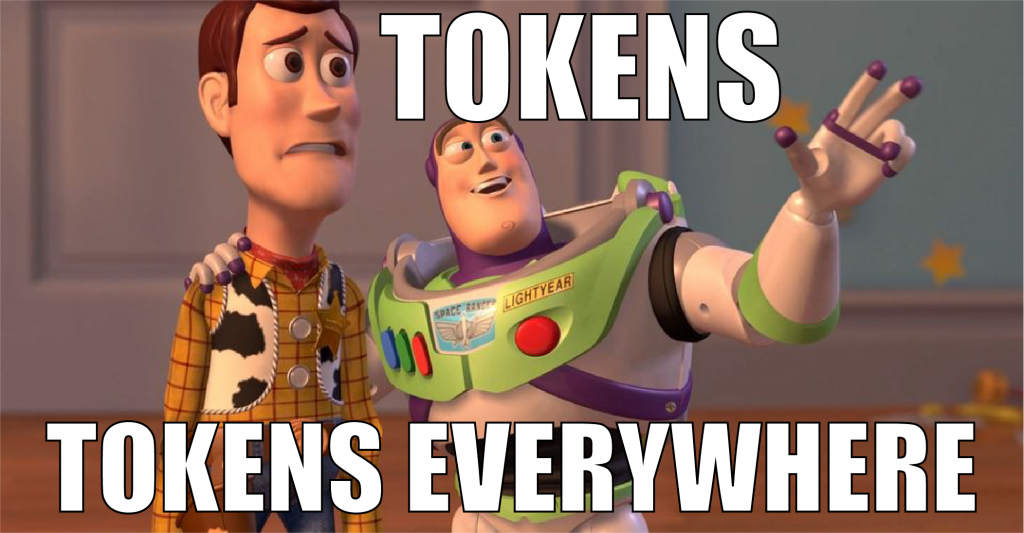
Are you aware of the Reserve Bank of India’s upcoming regulation on Tokenization?
From 1st January 2022, there will be a rule for credit and debit cards. In case you don’t know, Tokenization is the process of replacing credit and debit card information with an alternative code known as a “token,” which is unique to the card, Token advisory, and device.
This advisory will go over the Regularization in depth, including how it will work and what benefits it will provide. So, let’s get started.
Table of Content
Tokenization and How it Works?
The Reserve Bank of India has bid for online payment gateways, retailers, and e-commerce enterprises to apply Tokenization of cards by their customers while making payments to make online payment transactions using credit and debit cards safer and more secure.
The sensitive information is replaced with a unique set of characters that retains all the relevant information without compromising the security of the sensitive information.
At Point-of-Sale (PoS) terminals, the Token is utilized to make contact less card transactions and QR code payments. From January 1, 2022, the RBI has extended Tokenization of Card-on-File (CoF) transactions, in which merchants used to keep card details, and urged merchants not to do so.
The value of the Indian digital payments industry in 2020-21, as per RBI’s annual report, was Rs 14,14,85,173 crore. (Source Indian Express)
This new regulation will change the process that has been in place thus far. According to the previous process, the Merchant, Payment Aggregator, Issuing Bank, and card network are all involved. When a transaction occurs on a merchant platform, the data is transferred to a payment aggregator, who then sends the information to the issuing bank or card network.
The transaction Flows back after the Issuing Bank ends an OTP. The Card-on-File is the number that the transaction is based on. The Card-on-File is being replaced by a Token under the new law, which will necessitate a thorough rewiring of the entire process.

Why is Card Tokenization Considered to be Important?
“Tokenization is an important step towards not only strengthening India’s digital payment sector but also securing it. As we move into the digital age, the security of payment data against unauthorized use is more important than ever.
Here are a few of the important points for better understanding:
- Customers can feel safe about their purchases because sensitive information is replaced by a code that is unique to each card, Token Requester and merchant involved in the transaction. Scammers and fraudsters will be unaware of one’s personal information because of this.
- This Tokenization procedure will give an extra degree of protection by encrypting card details, boosting customer confidence in utilizing digital payment methods.
- Customers that choose Tokenization can complete purchases without having to enter their card information each time. Overall, it’s a move in the right direction in terms of user convenience and fraud prevention.
- Card details will not be disclosed since merchants will not record card details; instead, random numbers will be stored in the merchant’s database.

“It was also stated in the latest news by The Indian Express that instead of developing our own Token generation engine, we should use payment gateways because they are cost-effective, technologically advanced, and easily accepted by merchants.”
How will VAPT Play the Role?
With the pandemic’s massive surge in Online sales, the security issue is becoming more prevalent. As a result, an increasing need to strike a balance between security and convenience has emerged.
During transactions, customers provide sensitive financial information, raising the risk of payment failure. As a result of safety concerns, contact less payments, such as cards and mobile devices, are becoming more popular, allowing for fewer touch interactions. Contact less payments, such as cards and mobile devices, are growing increasingly popular because of the safety concerns, allowing for fewer touch interactions.
According to a research firm, 70% of website/network vulnerabilities could result in the loss of key corporate data such as credit card numbers, client information, and so on. A vulnerability assessment is a short, automated examination of network devices, servers, and systems to uncover serious weaknesses and configuration issues that an attacker could exploit. It’s commonly done on networked internal devices.
The VAPT team at Kratikal, which is a CERT-In-empanelled-accredited security auditor, has undertaken source code reviews for a range of companies all around the world. This can be accomplished by conducting a source code review, in which a group of professionals examines and evaluates the source code of your software for defects and weaknesses.
This approach might assist you in identifying and correcting any existing code vulnerabilities before they are exploited by hackers. These rules emphasize the growing need for Indian enterprises to have strict VAPT policies and apply optimal testing practices.
As India approaches a digital tipping point, to avoid fraud and secure consumer information, its success and failure will depend upon the ecosystem’s capacity to collaborate.
The Reserve Bank of India’s recommendations on Tokenization for debit/credit/prepaid card transactions via mobile and tablets allowed stakeholders to investigate Tokenization for contact less transactions at POS terminals, QR code-based payments, and in-app payments.
For More Such Updates on VAPT, Follow www.kratikal.com


You really make it seem so easy with your presentation but I find this topic to
be really something which I think I would
never understand. It seems too complicated and extremely broad
for me. I’m looking forward for your next post,
I’ll try to get the hang of it!